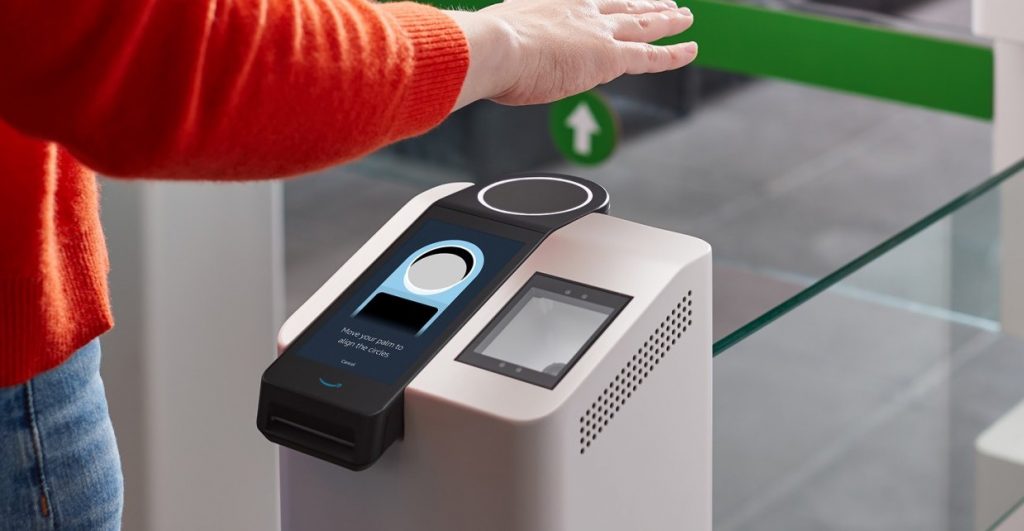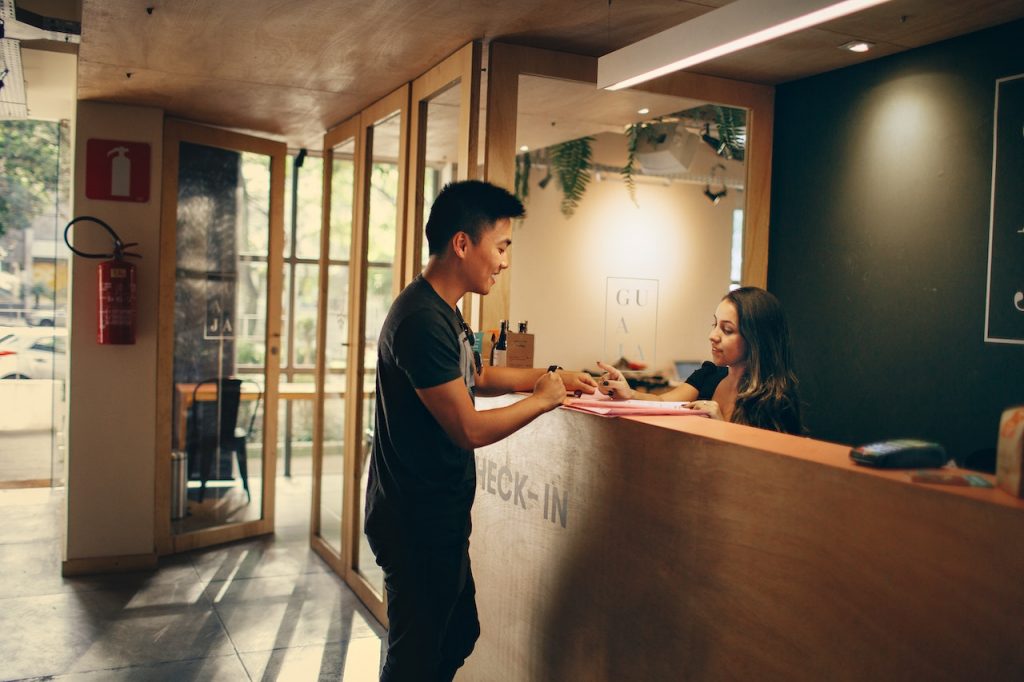
GUEST POST from Chateau G Pato
In today’s business landscape, customer experience has become a critical factor in maintaining a competitive edge. Organizations strive to provide seamless, personalized experiences to meet their customers’ evolving expectations. To achieve this, many businesses are turning to data analytics. Leveraging the power of data, organizations can gain valuable insights into customer behavior, preferences, and pain points. In this thought leadership article, we will explore the role of data analytics in enhancing customer experience through two compelling case study examples.
Case Study 1: Amazon’s Personalized Recommendations
Amazon, the world’s largest online retailer, has mastered the power of data analytics to enhance customer experience. By collecting vast amounts of customer data, such as browsing history, purchase patterns, and product ratings, Amazon has developed a robust recommendation system. This system uses complex algorithms to analyze and predict customer preferences, enabling personalized product recommendations for each user.
Through data analytics, Amazon can identify patterns in customer behavior, offering timely and relevant product suggestions. This enhances the customer experience by reducing search time, increasing purchase satisfaction, and ultimately driving customer loyalty. By constantly analyzing the data generated by their customers’ interactions, Amazon can continuously refine their recommendations, ensuring they remain accurate and valuable.
Case Study 2: Starbucks’ Mobile App
Starbucks, the global coffee giant, has demonstrated the power of data analytics in redefining the customer experience through its mobile app. The app collects extensive data on each customer’s purchasing habits, including the time of day, preferred drinks, and location. Leveraging this data, Starbucks can tailor recommendations, send personalized promotions, and offer convenient features to enhance the customer journey.
For example, the Starbucks app uses geolocation data to suggest nearby stores, based on customers’ current location. It also allows pre-ordering and payment, reducing wait times and streamlining the customer experience. By analyzing the data generated by the app’s usage, Starbucks gains insights into customer preferences, improving operational efficiency, and ultimately delighting their customers.
Benefits of Data Analytics in Customer Experience Enhancement
The case studies above highlight the substantial benefits that data analytics can bring to enhancing customer experience. By leveraging data analytics effectively, organizations can:
1. Personalize the Customer Journey: Through data analytics, companies gain a deeper understanding of customer preferences, habits, and pain points. Armed with this knowledge, organizations can deliver personalized experiences, tailored to individual needs and preferences.
2. Improve Operational Efficiency: Data analytics helps identify process bottlenecks, optimize resource allocation, and streamline operations. By identifying areas for improvement, organizations can enhance efficiency, enabling faster response times, and more seamless interactions with customers.
3. Enhance Customer Loyalty: Providing exceptional customer experiences fosters loyalty and drives repeat business. By leveraging data analytics to predict customer needs, organizations can proactively address pain points, offer personalized promotions, and ensure a consistent and delightful customer journey.
Conclusion
In an increasingly competitive business landscape, customer experience has become a key differentiator. Data analytics plays a vital role in enabling organizations to enhance customer experiences in meaningful ways. Through personalized recommendations, streamlined processes, and optimizing operations, companies can leverage the power of data analytics to drive customer loyalty and satisfaction. The case studies of Amazon and Starbucks demonstrate the remarkable impact data analytics can have on enhancing customer experiences. Organizations that embrace data analytics as a core driver for enhancing customer experience will undoubtedly excel in today’s customer-centric world.
Bottom line: Futurology is not fortune telling. Futurists use a scientific approach to create their deliverables, but a methodology and tools like those in FutureHacking™ can empower anyone to engage in futurology themselves.
Image credit: Pixabay
![]() Sign up here to get Human-Centered Change & Innovation Weekly delivered to your inbox every week.
Sign up here to get Human-Centered Change & Innovation Weekly delivered to your inbox every week.









